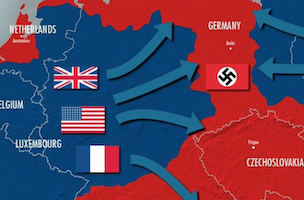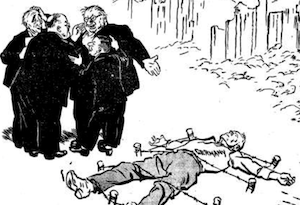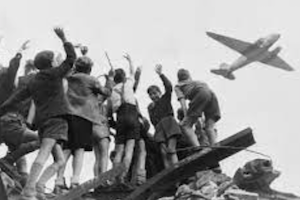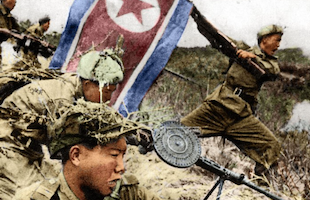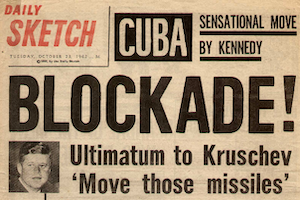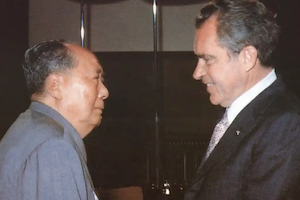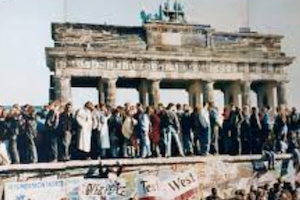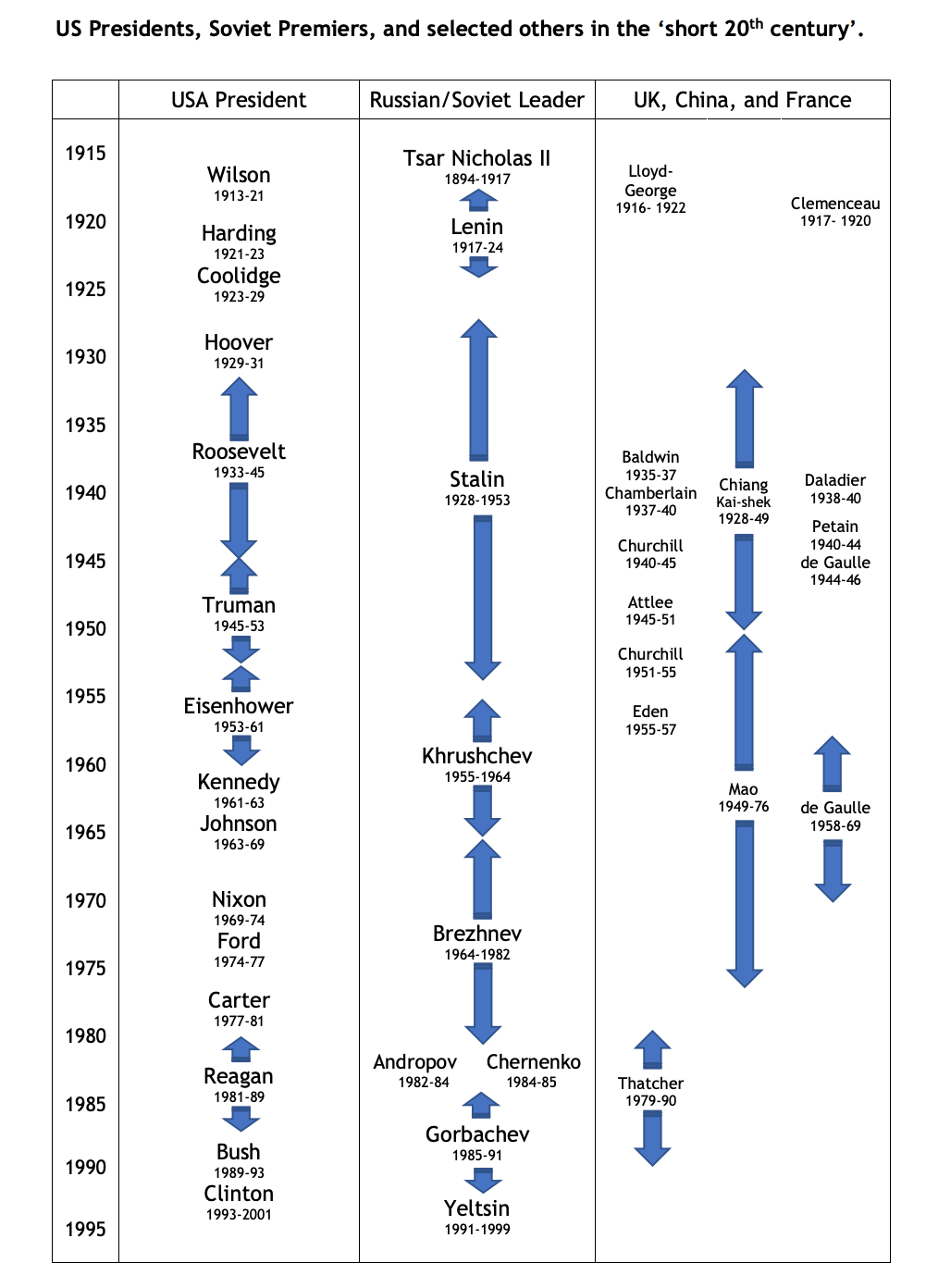Matu syllabus reference - La guerre froide : caractériser les grandes phases de l’affrontement Est-Ouest, de l’hostilité à la détente ; faire le bilan de l’implosion du monde communiste en 1989. Matu syllabus
|
This is a particularly important topic IB history because the content will be covered by your (probably) first choice essay in IB Paper 2 - Topic 12. Cold War. The period after 1945 also provides the essential context for the decolonisation movement which is an essay topic you are strongly encouraged to prepare as IB Paper 2 - Topic 8: Independence movements (1800-2000)
|
Revision
|
A4 Revision essentials is a printable but not editable A4 sheet with the absolute essentials to hopefully help you pass the Matu.
'Six like Sydney' is from the notes of a very successful former student. 1945-49 - 1950s - 1960s - 1970s - 1980s (1970s notes are missing) |
CNN Cold War series
Cold War is a twenty-four episode television documentary series about the Cold War that first aired in 1998. It features interviews and footage of the events that shaped the tense relationships between the Soviet Union and the United States. The series was produced by Pat Mitchell and Jeremy Isaacs. The 42 short films below are my edited extracts that are relelant to the the Matu and IB syllabi. A full scale, printable version of the Cold War leaders table is avalable here.
Cold War orals - Revision topics
1. Cold War 1945-49 - How and why did the Cold War begin in this period?
2. Cold War 1950s - How and why did the Cold War develop in this period?
3. Cold War 1960s - How and why did the Cold War develop in this period?
4. Cold War 1970s - How and why did the Cold War develop in this period?
5. Cold War 1980-91 - How and why did the Cold War end in this period?
You will answer one of these questions, consider the meaning of a source in context and a second theme taken from one other Matu topic. .
1. Cold War 1945-49 - How and why did the Cold War begin in this period?
2. Cold War 1950s - How and why did the Cold War develop in this period?
3. Cold War 1960s - How and why did the Cold War develop in this period?
4. Cold War 1970s - How and why did the Cold War develop in this period?
5. Cold War 1980-91 - How and why did the Cold War end in this period?
You will answer one of these questions, consider the meaning of a source in context and a second theme taken from one other Matu topic. .


